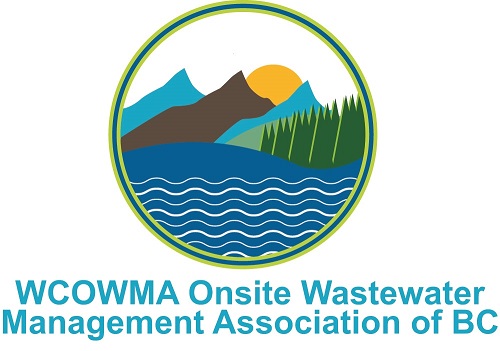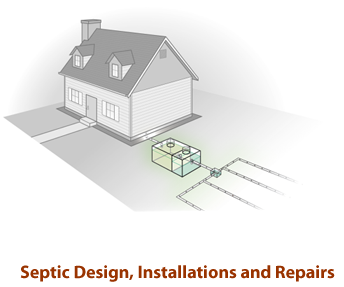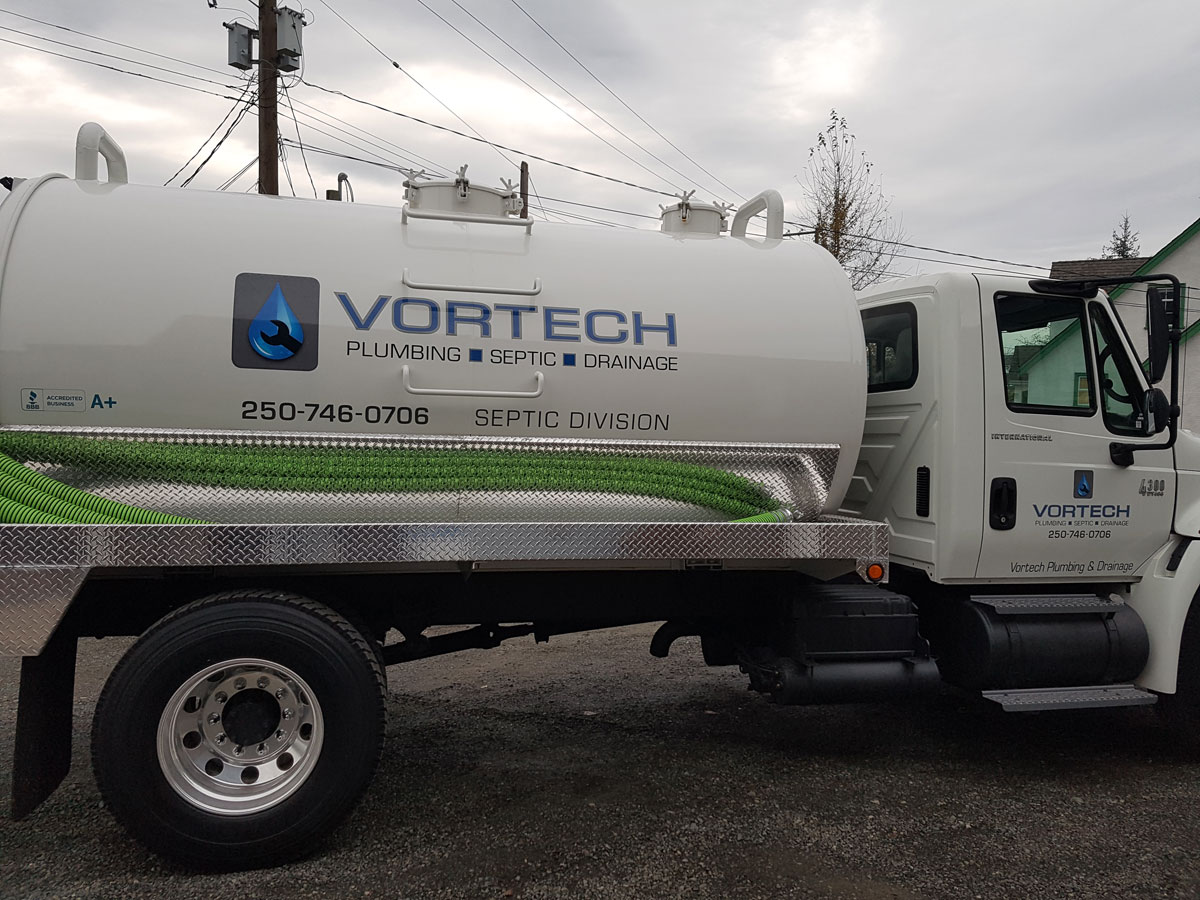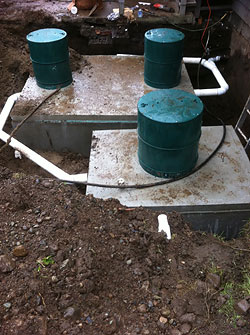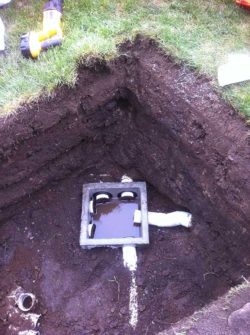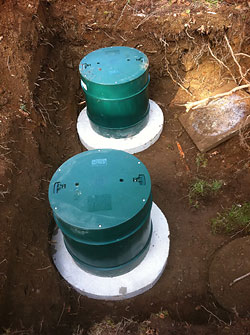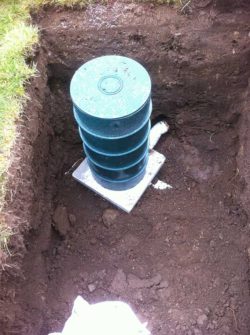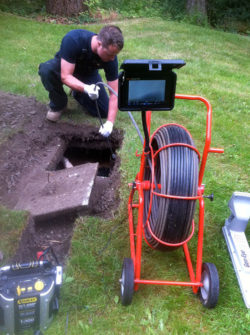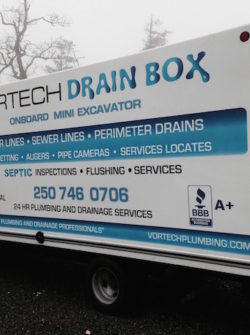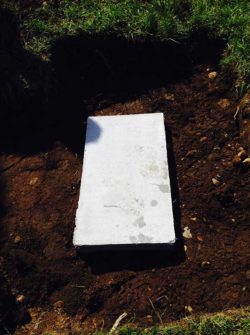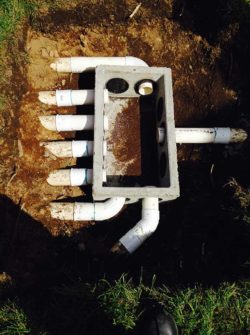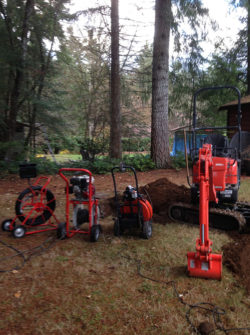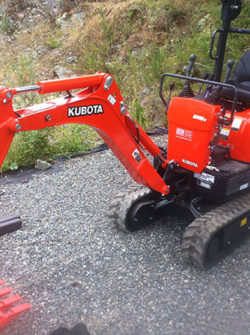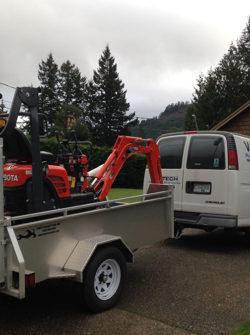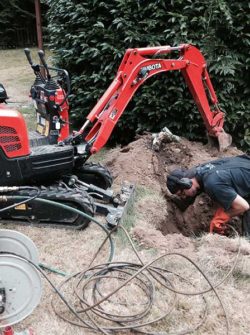A septic system should last about 25 years. However, many systems fail prematurely due to neglect. Replacing a leach field can cost $10,000-$30,000. Regular pumping of your septic tank is one of the most important things you can do to protect your leach field. If your septic tank becomes too full of sludge or scum, solid particles will escape to your field. These particles will clog your field, and the water won’t be able to drain.
Do pump your septic tank every 2-4 years
Do locate ALL of your septic system lids and keep them accessible, yet secure.
Do keep your tank fittings, including siphon or pump, in working order.
Do repair any dripping faucets or leaking toilets, which overload your septic tank.
Do use water-saving appliances, toilets and shower heads.
Do a little laundry every day instead of lots of loads in one day.
Do use lint filters and sink strainers.
Do limit the use of your garbage disposal, or pump your tank twice as often.
Do limit the use of bleach and anti-bacterial hand soap or detergent. These will hurt the beneficial bacteria in your septic tank.
Do plant grass or small plants over your leach field.
Don’t put sanitary napkins, tampons, paper towels, condoms, diapers, wipes, facial tissues, cigarette butts, or excessive toilet paper down the toilet.
Don’t put oil, fats or grease down the sink.
Don’t put paint, photographic solutions or other hazardous chemicals down the drain.
Don’t add bacteria, enzymes, yeast or other products. They aren’t necessary and may increase the amount of suspended particles entering your leach field.
Don’t allow trees or shrubs to grow on your field.
Don’t allow vehicles, large animals or anything heavy on your field.
Don’t allow hot tubs, rain gutters or surface water to drain into your septic tank.
Don’t pile up snow on your leach field.

